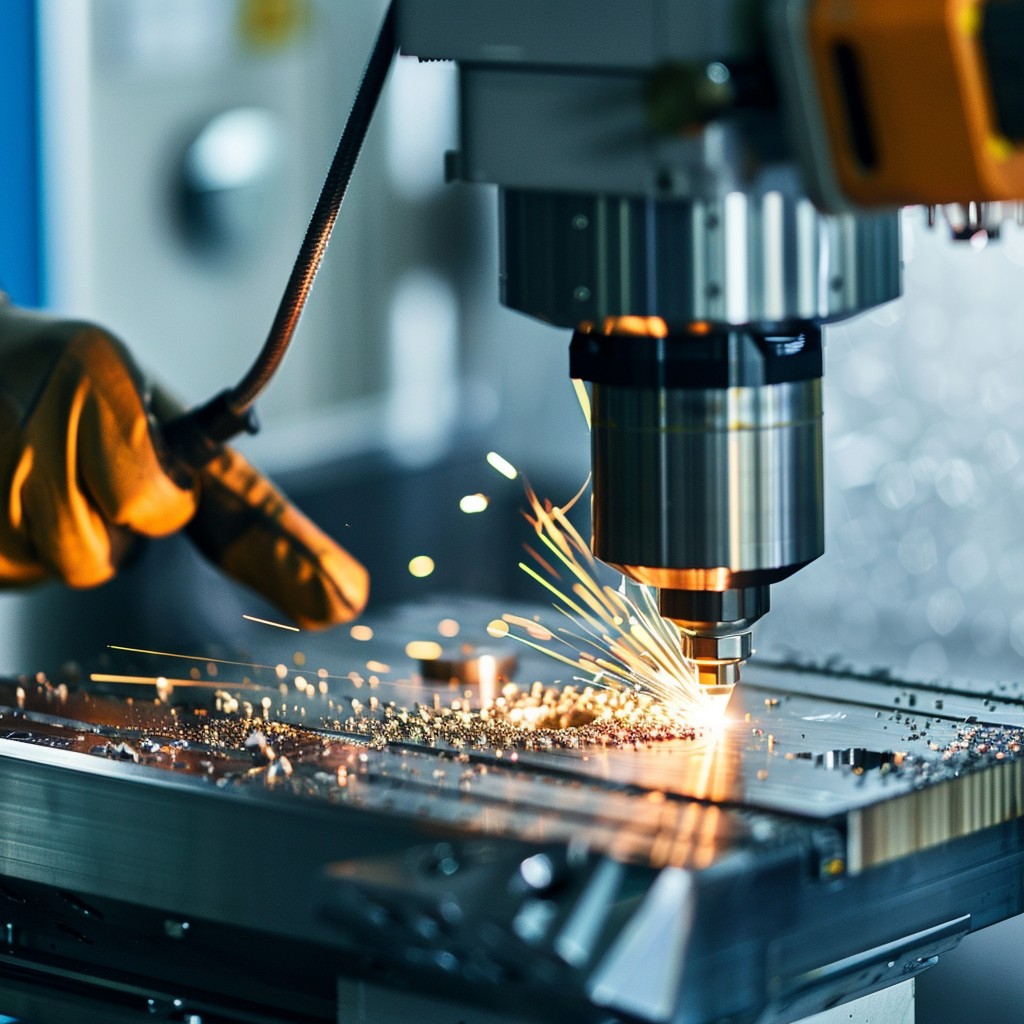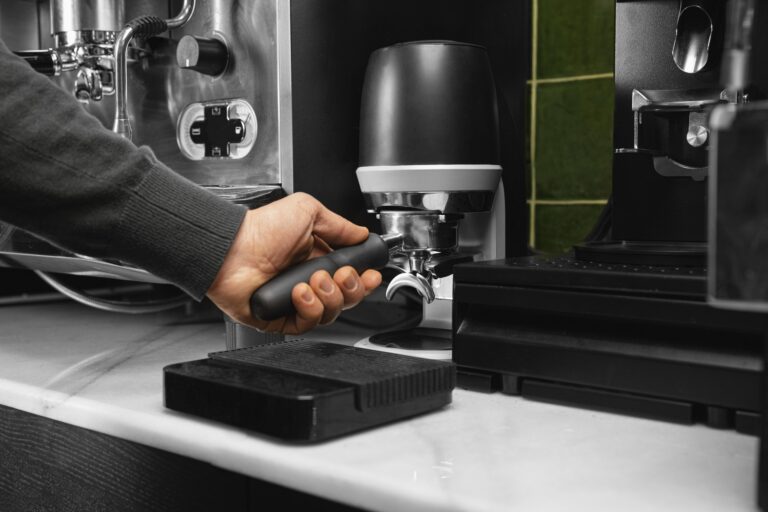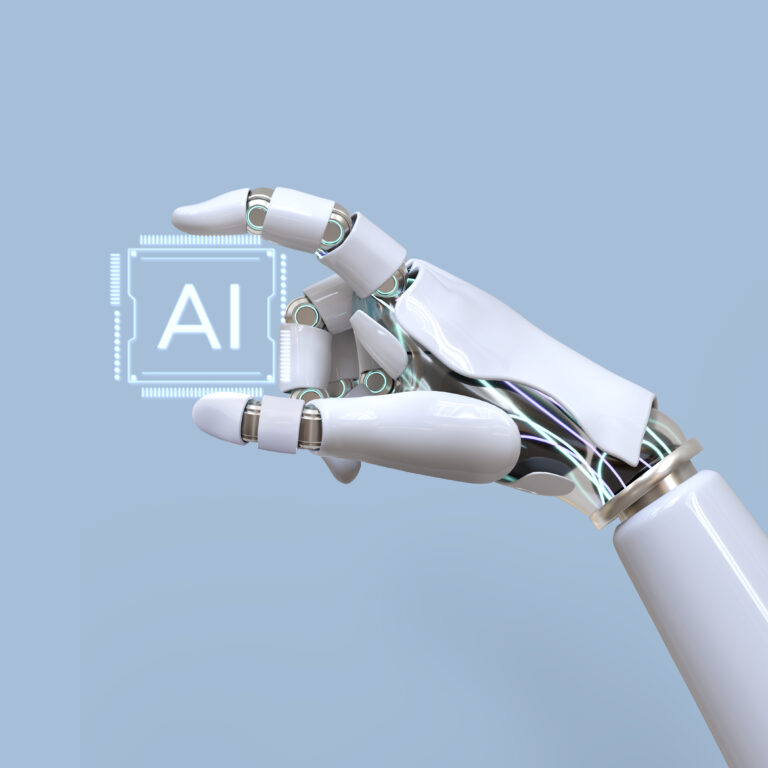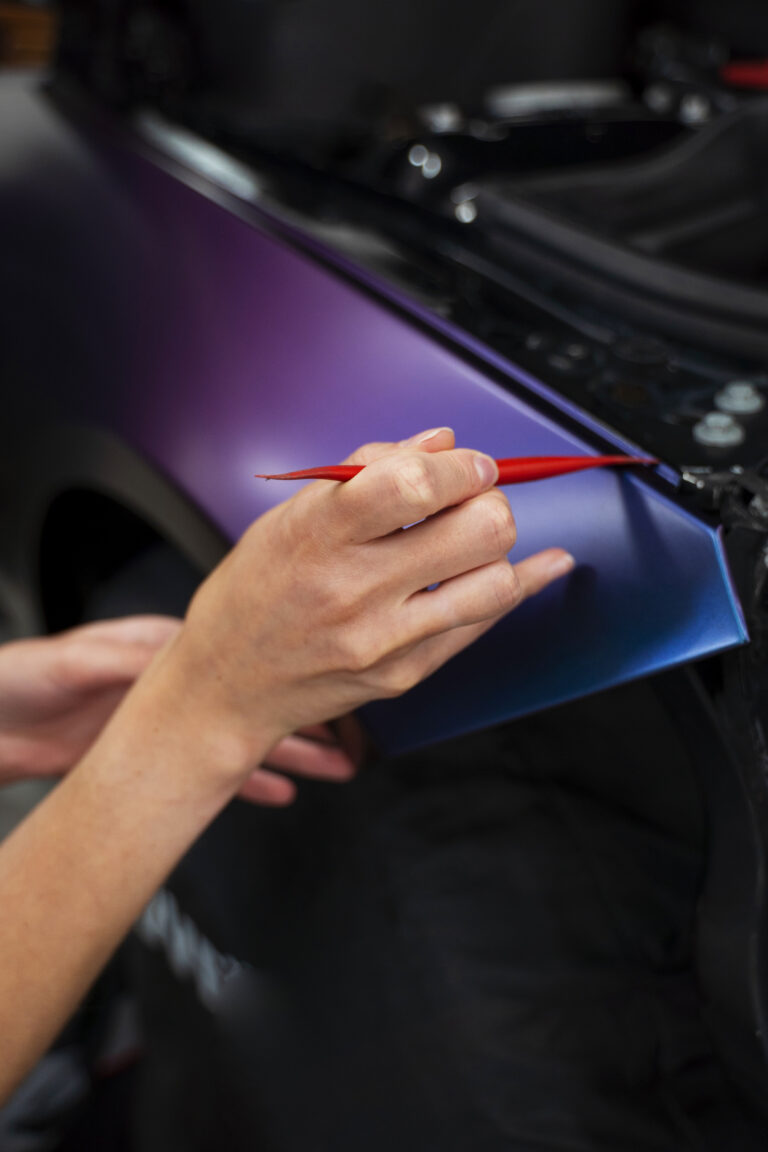Rapid Prototyping: A Comprehensive Guide to Outrank Competitors

In the fast-paced world of product development, rapid prototyping has emerged as an essential tool for innovation. This technique allows teams to quickly create, test, and refine prototypes, significantly reducing time to market. As the demand for faster product development cycles grows, understanding and mastering rapid prototyping becomes increasingly crucial.
What is Rapid Prototyping?
Rapid prototyping refers to the quick fabrication of a physical part, model, or assembly using 3D computer-aided design (CAD) data. The key advantage of this approach is its ability to swiftly produce high-fidelity prototypes that can be tested and iterated upon. This method contrasts with traditional prototyping techniques, which often involve lengthy processes and substantial costs.
The Evolution of Rapid Prototyping
The concept of rapid prototyping has evolved significantly over the past few decades. Initially, it was primarily used in the automotive and aerospace industries for creating detailed models and components. Today, it spans across various sectors, including healthcare, consumer electronics, and even fashion. The advancement of 3D printing technologies has been a pivotal factor in the widespread adoption of rapid prototyping.
Types of Rapid Prototyping Techniques
There are several rapid prototyping techniques, each offering unique benefits depending on the application. Below, we explore the most common methods:
1. Stereolithography (SLA)
Stereolithography is one of the oldest and most widely used rapid prototyping methods. It involves using a laser to cure and solidify layers of photopolymer resin. The result is a high-resolution prototype with excellent surface finish, making SLA ideal for detailed models.
2. Selective Laser Sintering (SLS)
Selective Laser Sintering uses a laser to fuse powdered materials, such as nylon, into solid shapes. SLS is known for its ability to produce durable and functional prototypes, which can withstand mechanical testing. This technique is often used for creating complex geometries that would be difficult to achieve with traditional manufacturing methods.
3. Fused Deposition Modeling (FDM)
Fused Deposition Modeling is perhaps the most accessible form of rapid prototyping, often found in consumer-grade 3D printers. FDM works by extruding thermoplastic filaments layer by layer to create a prototype. While the resolution may not match that of SLA or SLS, FDM is cost-effective and ideal for quick, functional prototypes.
4. Digital Light Processing (DLP)
Digital Light Processing is similar to SLA but uses a digital light projector to flash a single image of each layer at once. DLP offers faster print times compared to SLA and is particularly effective for producing intricate details in prototypes.
5. Binder Jetting
Binder Jetting involves depositing a binding agent onto a powder bed, layer by layer, to create a part. After printing, the part is typically sintered or infiltrated with another material to enhance its properties. Binder Jetting is favored for producing full-color prototypes and parts that require metal infiltration.
The Advantages of Rapid Prototyping
1. Accelerated Product Development
One of the primary benefits of rapid prototyping is the significant reduction in product development time. By quickly producing prototypes, teams can conduct tests and gather feedback earlier in the process, allowing for rapid iterations and improvements.
2. Enhanced Design Flexibility
Rapid prototyping enables designers to explore multiple design options without the need for extensive resources. This flexibility encourages innovation and allows for the exploration of creative solutions that may not have been feasible with traditional prototyping methods.
3. Cost-Effective Iteration
Traditional prototyping methods can be costly, especially when multiple iterations are required. Rapid prototyping reduces these costs by allowing for the quick production of prototypes with minimal material waste. This cost-effectiveness makes it easier to refine and perfect a design before committing to full-scale production.
4. Improved Communication and Collaboration
Prototypes serve as tangible representations of ideas, making it easier for teams to communicate concepts and receive feedback from stakeholders. This clarity enhances collaboration and ensures that all parties involved have a clear understanding of the project’s direction.
5. Risk Mitigation
By identifying potential design flaws early in the development process, rapid prototyping helps mitigate risks. This proactive approach prevents costly errors later in the production cycle and ensures that the final product meets quality standards.
Applications of Rapid Prototyping
1. Product Design and Development
Rapid prototyping is extensively used in product design and development, enabling designers to create, test, and refine their ideas. From consumer electronics to automotive components, rapid prototyping plays a critical role in bringing innovative products to market.
2. Medical and Healthcare
In the medical field, rapid prototyping is used to create anatomical models, surgical guides, and custom implants. These prototypes allow surgeons to plan and practice procedures, leading to improved patient outcomes.
3. Aerospace and Defense
The aerospace and defense industries utilize rapid prototyping to produce complex components, tooling, and fixtures. The ability to quickly produce and test parts is vital in an industry where precision and reliability are paramount.
4. Education and Research
Educational institutions and research organizations leverage to teach students about design and engineering principles. It also serves as a valuable tool for researchers developing new technologies and materials.
Challenges in Rapid Prototyping
1. Material Limitations
While offers many benefits, there are still limitations in the range of materials available for certain techniques. For example, FDM is limited to thermoplastics, which may not be suitable for all applications.
2. Surface Finish and Resolution
Certain rapid methods, such as FDM, may produce prototypes with visible layer lines and rough surfaces. Additional post-processing steps, such as sanding or painting, may be required to achieve the desired finish.
3. Scale and Size Constraints
Some rapid techniques have limitations in terms of the size of the parts that can be produced. Larger prototypes may require assembly from multiple smaller parts, which can introduce additional complexity.
Conclusion
Rapid prototyping is an invaluable tool in modern product development, offering speed, flexibility, and cost savings. By understanding the various techniques and their applications, teams can leverage rapid to accelerate innovation and achieve competitive advantages in their respective industries. As the technology continues to evolve, the potential for to revolutionize product development will only grow.







Thanks for sharing. I read many of your blog posts, cool, your blog is very good. https://accounts.binance.com/ro/register-person?ref=V3MG69RO